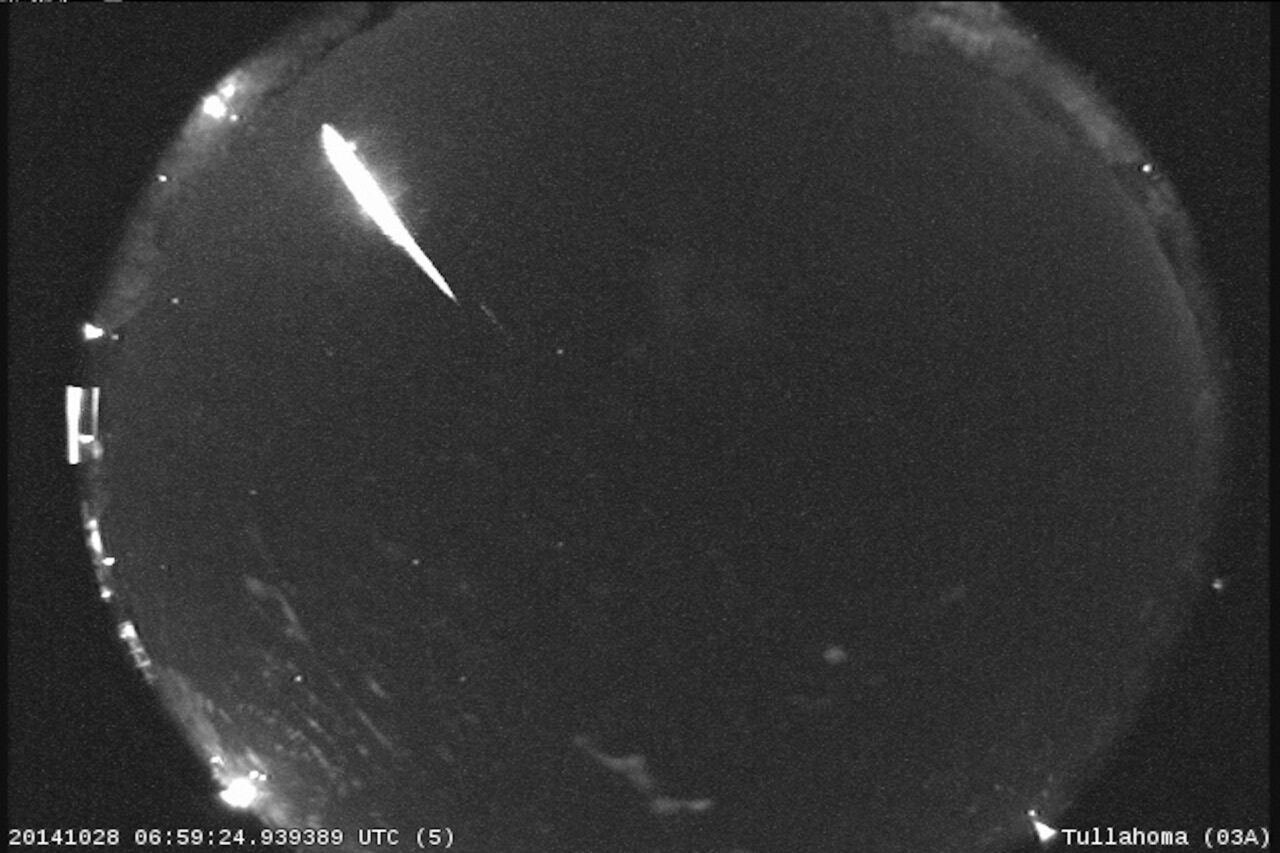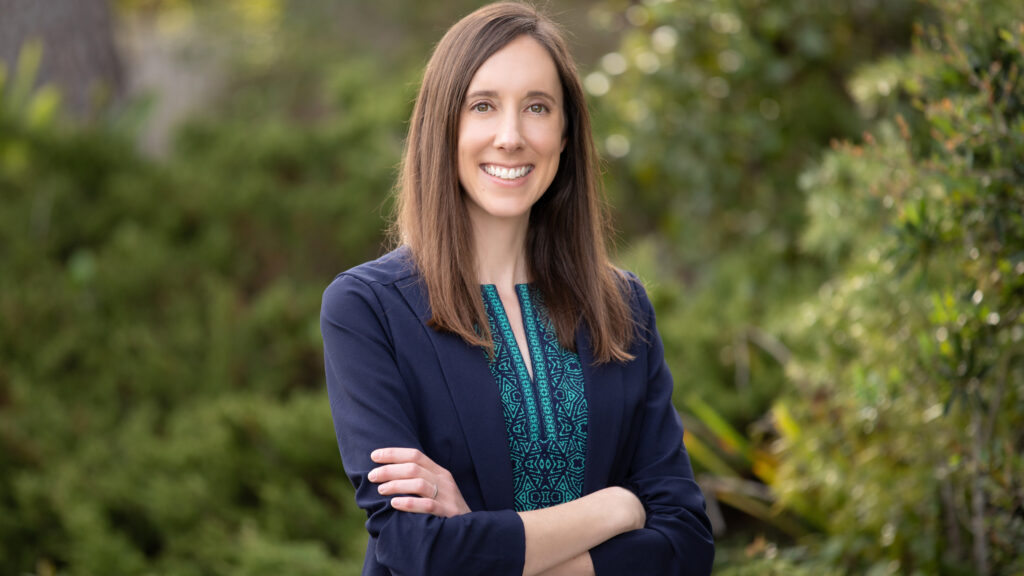Research conducted by Professor Clemens Sialm from the University of Texas at Austin reveals that many employees participating in 401(k) plans may unknowingly face higher fees and lower returns due to hidden revenue-sharing agreements. The study, titled “Mutual Fund Revenue Sharing in 401(k) Plans,” highlights how certain funds are included in retirement plans not solely based on their performance but due to payments made to plan administrators.
Between 2009 and 2013, Sialm, along with colleagues Veronika K. Pool of Vanderbilt University and Irina Stefanescu from the Federal Reserve, analyzed data from the 1,000 largest 401(k) plans reported to the U.S. Department of Labor. The findings were concerning. More than half of the plans—specifically 54%—included at least one fund that engaged in revenue sharing, meaning they paid recordkeepers to be part of the plan’s investment options.
The research indicates that funds sharing revenue are 60% more likely to be added to plans compared to those that do not share revenue. Additionally, these funds tend to remain in the plans longer, even if their performance does not meet expectations.
Investors may find themselves at a disadvantage, as revenue-sharing funds typically impose higher administrative fees. These fees are partially offset by rebates—averaging 18%—that are paid back to recordkeepers, further complicating the financial landscape for employees. “Plan sponsors and providers include these investment options because they cover a larger fraction of administrative costs,” Sialm noted.
The implications for employees are stark. Funds that share revenue not only incur higher fees but also tend to show worse financial performance over time compared to non-revenue-sharing funds. Sialm emphasizes the importance of transparency, urging employees to demand clearer disclosures regarding potential hidden fees in their 401(k) plans. A seemingly minor difference in fees—such as an additional 1%—can lead to tens of thousands of dollars lost in returns over a typical 30-year investment horizon.
To improve the situation, Sialm suggests that employers should present fee structures in a straightforward manner rather than burying them in lengthy documentation. He believes that clearer communications will empower employees to make informed decisions about their retirement savings.
Additionally, Sialm proposes that a more equitable approach would involve employers paying recordkeepers directly for their services. This method would eliminate the reliance on revenue-sharing agreements to supplement recordkeepers’ income, thus aligning the interests of all parties involved. “Administering 401(k) plans is expensive, and recordkeepers need to be compensated for their services,” he stated. “It would be more fair if the sponsor companies would cover their administrative costs.”
This research sheds light on a significant issue within the retirement savings landscape, highlighting the need for greater transparency and accountability in 401(k) plans. Employees deserve to understand the true costs associated with their investment choices, ensuring they can secure a more prosperous financial future.
For further details, refer to the study published in Management Science in 2025.







